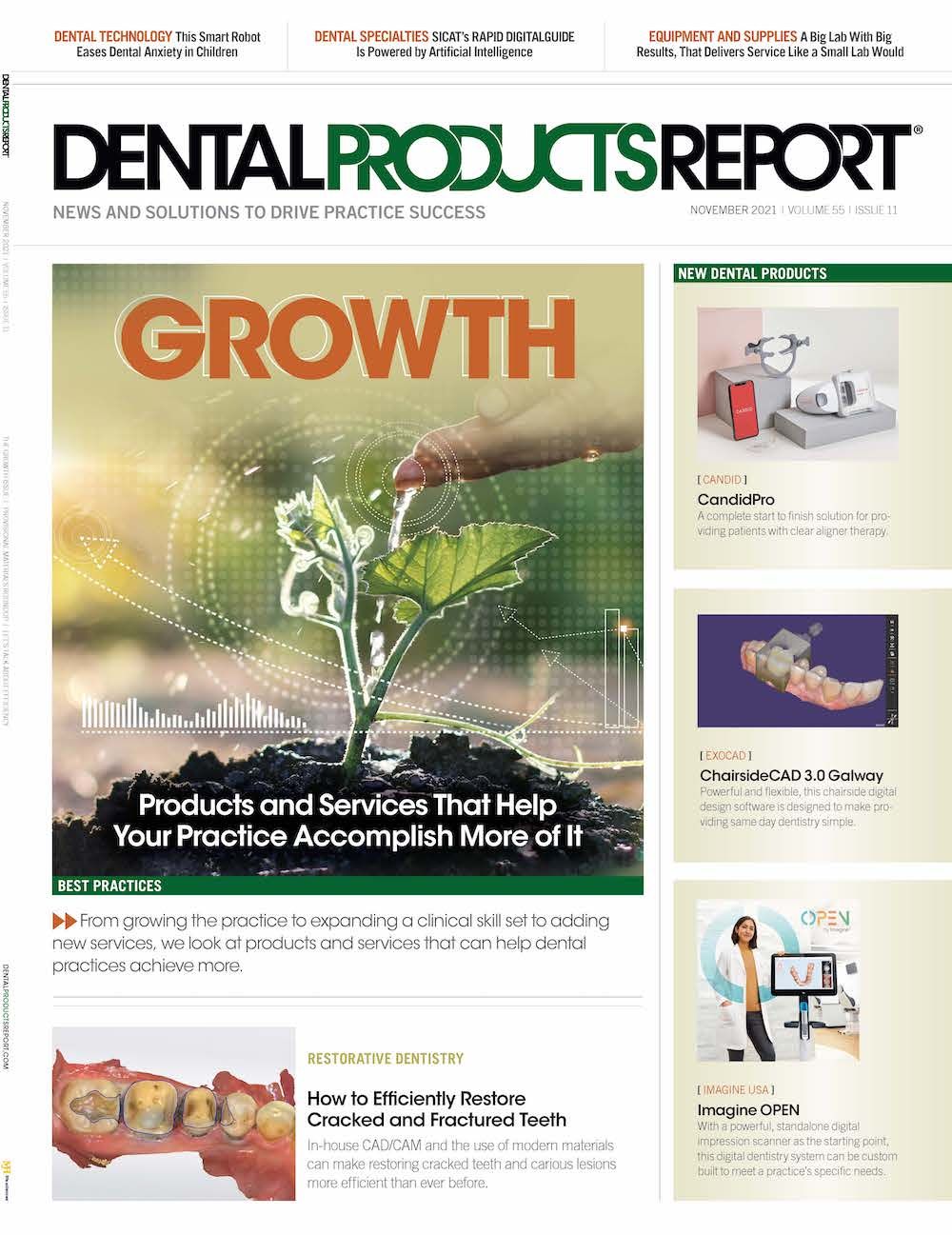Temporary But Dependable
Publication
Article
Dental Products ReportDental Products Report November 2021
Volume 55
Issue 11
Articles in this issue

5Ws* Admira Fusion x-tra
Closer Look: A Big Lab With a Small Lab Feel and Big Results
5Ws* Bluewave Soft Tissue Diode Laser
Wireless X-Ray Sensor Is Full of Potential
5Ws* Glidewell’s Complete Implants Solution
Growth—Products and Services That Help Your Practice Accomplish More of It
5Ws* PayJunction Payments
5Ws* Pluto 0001X and Pluto 0002X
Temporary But Dependable
5 Types of Uncommon Dental Growths
5Ws* RAPID DIGITALGUIDE
Let’s Talk About Efficiency
This Smart Robot Eases Dental Anxiety in Children
Integrating Flexibility Into Your Practice
Ceramir Restore Quikcap Offers a Bioactive Restorative Material
Related Content
ACTIVA BioACTIVE Bulk Flow Marks Pulpdent’s First Major Product Release in 4 Years
December 12th 2024Article
Next-generation bulk-fill dental restorative raises the standard of care for bulk-fill procedures by providing natural remineralization support, while also overcoming current bulk-fill limitations.